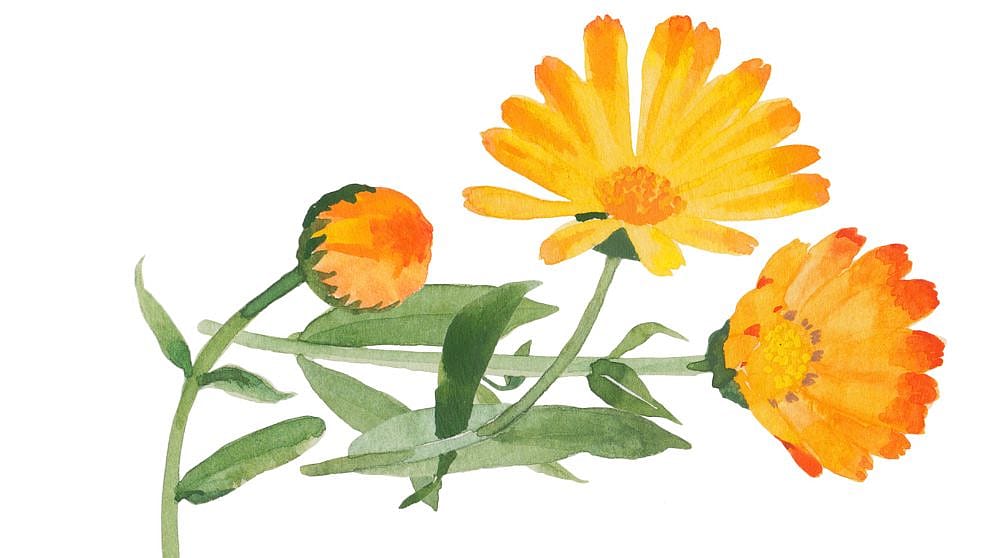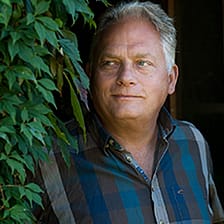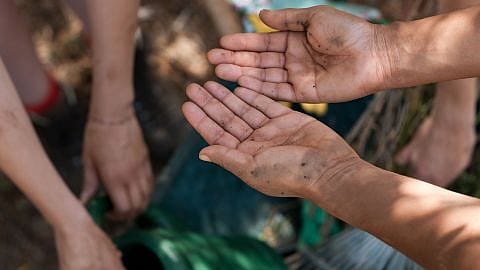Calendula has been cultivated at Weleda for nearly one century
Unique Healing Power
As a prominent member in our family of medicinal plants, Calendula has been cultivated at Weleda for nearly one century. Michael Straub, head of the Weleda medicinal plant garden, comments on this unique plant and its healing power.
Are Weleda’s calendula blossoms really harvested by hand?
Michael Straub: Yes! Picking those orange-coloured blossoms – there’s no more beautiful way to begin an early summer morning! We start picking around 7 a.m., after the morning dew on the plants has evaporated. Only by hand-picking the blossoms can we truly perceive the individual blossoms. Each blossom is individually assessed during the harvest to achieve the best quality possible. The harvest begins in early July, and, depending on the weather, lasts for four or five weeks, with two to three rounds: the calendula is quite generous with its blossoms.
What aspects of the calendula do you especially appreciate?
Michael Straub: After so many years of working in medicinal plant cultivation, I still experience a sense of surprise when I step onto a field of calendula plants. This composite flower has highly differentiated petals, a result of the plant’s strong formative powers. We can observe the process of polarity at work if we compare the flowers to the leaves, whose oval shape isn’t particularly distinctive and is almost embryonic in form. The plant’s formative powers also find expression once the plant has been processed as tinctures and plant extracts. Medicines containing calendula help to soothe and heal injured skin. In June and July, the time of year when the sun reaches its highest point in the sky, the calendula reveals the full force of its energy. Its connection to the sun can’t be missed: the plant’s pronounced healing power corresponds closely to the sunlight conditions. According to the threefold division in anthroposophy, there is a special relationship between the three plant elements – roots, leaves and blossoms – and the human organism. For example, the calendula’s pronounced structure is closely related to human metabolic processes. When a medicine containing calendula extract is used to treat an injury, it stimulates regenerative processes that extend into the deep layers of the skin.
Why was calendula selected as a lead plant for skincare products?
Michael Straub: Calendula, of all the composite flowers, is among the most commonly used medicinal plants. Its ability to transform light and warmth into plant matter can clearly be felt in our calendula skincare oils. Calendula envelops the skin in a protective layer, strengthening and supporting the skin’s structure and resilience. Calendula surpasses other plants with its regenerative and protective capabilities. These two characteristics make it an ideal lead plant for many of our products.
Michael Straub
Head of Plant Cultivation & Research in Schwäbisch Gmünd, Germany
He is an agricultural engineer. At Weleda he serves also as a wildlife conservation officer.






